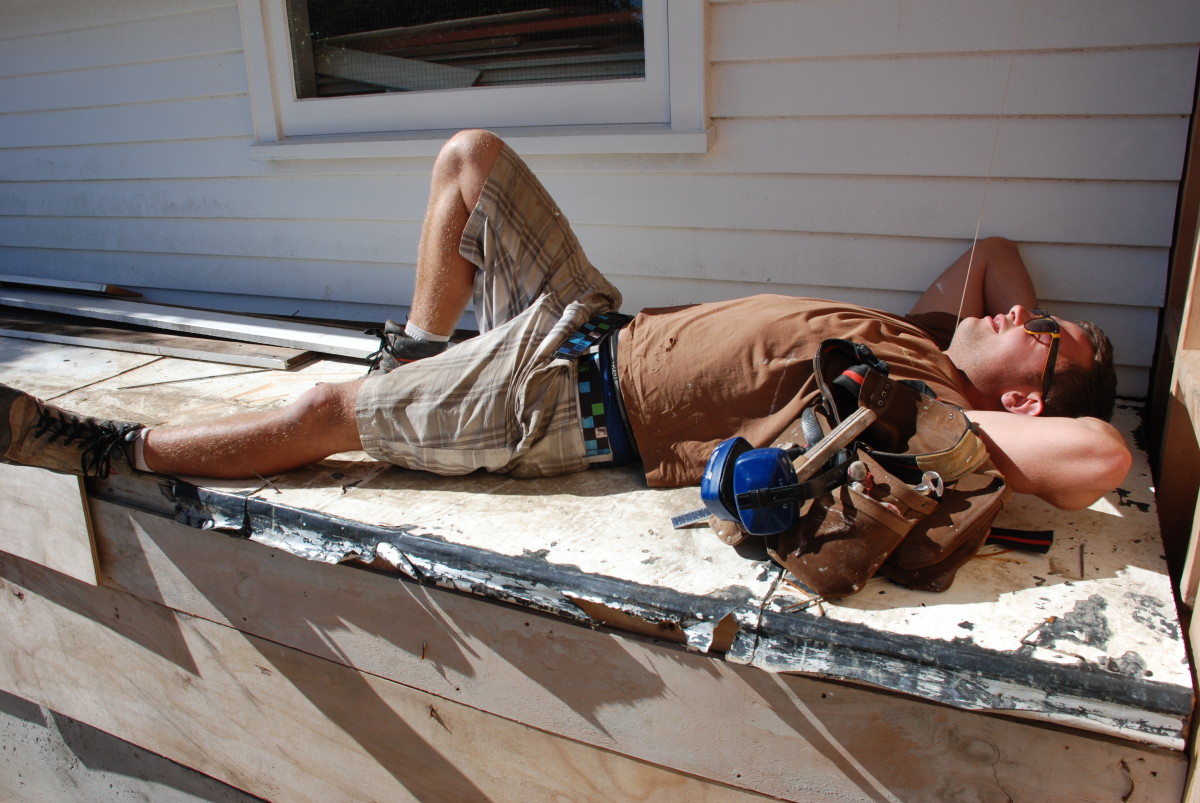Risks that appear overnight
04 Aug 2015, Featured, Prove Your Know How, Safety

Workplaces are constantly changing, which is why it’s important for health and safety to be embedded in your company’s culture. Take stock each day to help anticipate any potential hazards that might crop up
It’s inevitable that tools, equipment and parts will deteriorate over time, which increases the likelihood of accidents and failures. Equipment aside, how do you feel today? Being tired, poorly trained or under-supervised can contribute to increased risk and the potential for accidents on site. Here is a helpful list of questions to ask yourself at the beginning of each work day:
1. Do you have the right tools and equipment today?
There is always a drive to just get stuck in and get the job done. That can lead to workers improvising with tools that aren’t cut out for the job at hand.
Pre-start inspections play a critical role in identifying that the chosen tool is fit for purpose, is in good working order and meets or exceeds ASNZ standards.
Tagging and testing, including correct working practices, are essential, as is wearing the right personal protective equipment at all times. Remember, always use a residual current device (RCD).
2. Has the environment changed?
When you turned up to work today, did you identify any environmental changes compared to yesterday? Where a hazard can’t be eliminated, it must be isolated or minimised.
Did it rain overnight? This may mean that the ground is slippery. Could the rain have gotten into any electrical equipment? Could items have moved since you were last there, creating new hazards? Are trenches or underground services free of water?
3. What’s impacting my performance?
Sometimes you may be the biggest risk at work. Consider the things going on in your life. Did you have a fight with your partner? Did you get enough sleep? Have you had enough to eat? Did you have too much to drink last night?
Factors like these could easily take your head out of the game and cause problems. You must look after yourself and others at all times while on the job.
4. Is your work area safe?
Work areas can easily become a dumping ground for rubbish and tools. Proper housekeeping can help keep on top of this, making the work area safer. It also makes finding things easier. Slips, trips and falls onsite contribute to a large number of serious harm injuries.
5. Have you been trained?
In many cases, workers might have been trained and, on paper, qualified to carry out a task. But training is sometimes in the form of a demonstration and because we all learn in different ways, hands-on supervision until staff are competent is often the best method.
6. Is there someone new on site?
Inducting people to your site is an important step when anyone visits your site. Employees, inspectors or potential buyers must all be made aware of the site-specific hazards and the relevant personal protective equipment required. No one is exempt from this, which includes management when they come to ‘kick the tyres’.
Everyone on site, every day, must actively participate in your company’s health and safety culture to ensure the safest workplace possible.
Main image: Getting a good night’s sleep is critical to ensuring you’re at your best throughout the day
Register to earn LBP Points Sign in



